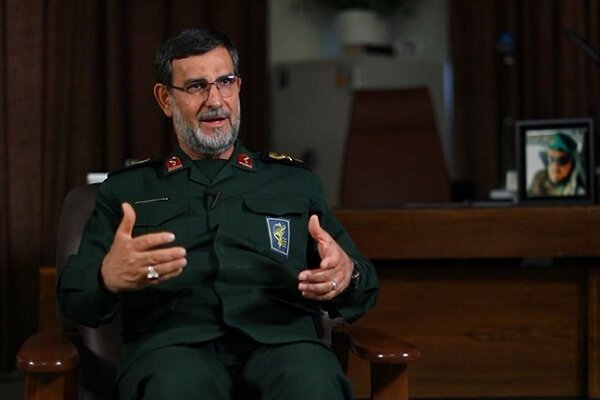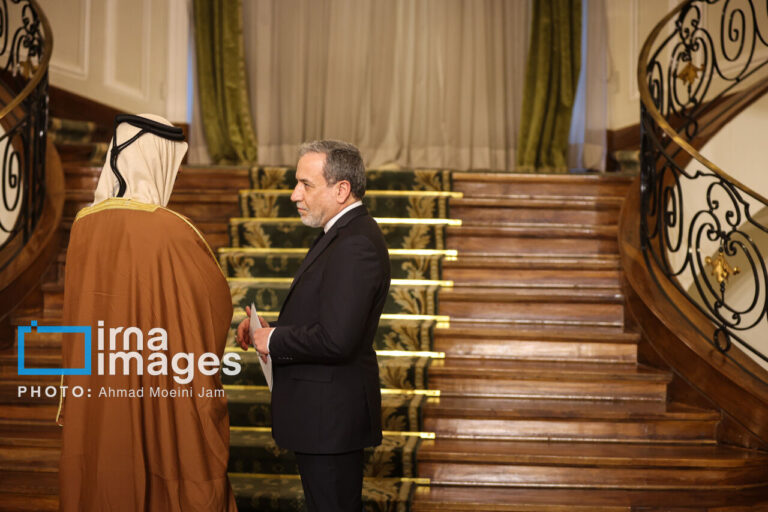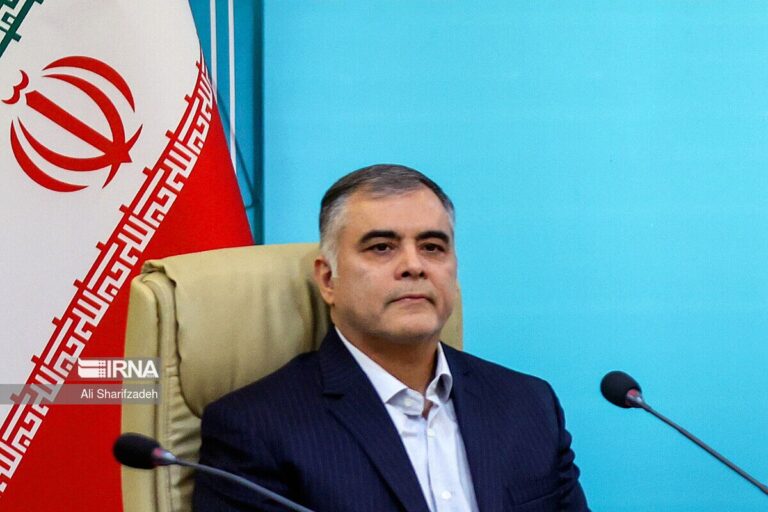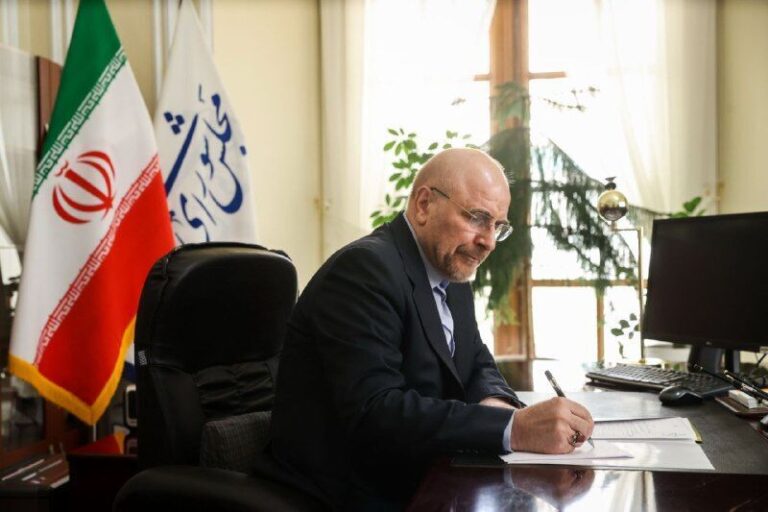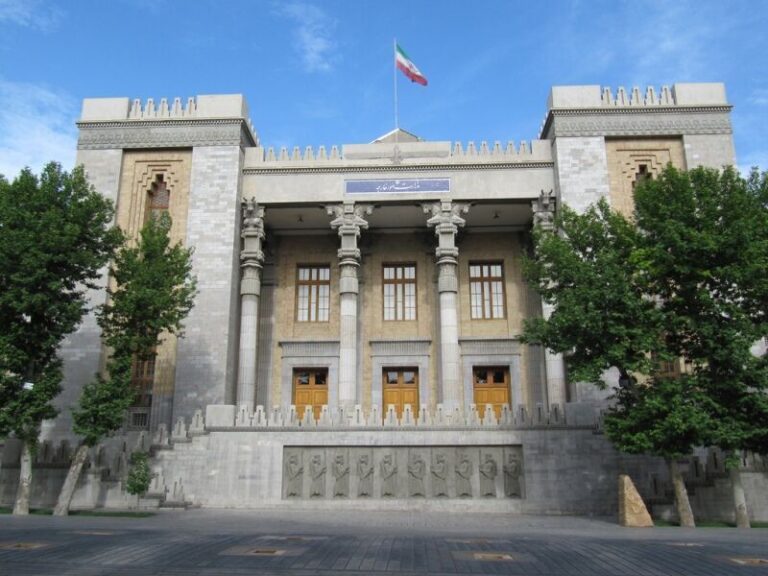Outrage Erupts as Cleric Demands Demolition of Iconic Omar Khayyam Monument
The recent call by a hardline cleric to demolish the monument dedicated to the revered Persian poet and scientist Omar Khayyam has ignited significant controversy across Iran. Many view this as an attack on the nation’s cultural heritage and identity, driven by religious extremists. The uproar began after a preacher, referred to only as Robati, expressed his views during a sermon, claiming that Khayyam’s monument was constructed to overshadow a nearby Shia shrine where he was speaking, leading to widespread condemnation and protests.
The comments were made shortly after large crowds gathered at the mausoleum in Neyshabur on March 21 to celebrate Nowruz, the Persian New Year. Many attendees at the event also voiced anti-government sentiments and showed support for Iran’s last ruling dynasty, chanting phrases like “Reza Shah, bless your soul.” Initially, Robati was mistaken for the Friday prayer leader of Neyshabur, but it was later clarified that he was a local preacher at the shrine of the 9th-century Shia saint, Muhammad ibn-e Husayn, known as Emamzadeh Mahruq.
The backlash against Robati’s remarks was swift, with critics arguing that hardliners are attempting to erase Iran’s rich historical and cultural legacy. Mehdi Motaharnia, an academic and political analyst, took to social media platform X to express his concerns: “Destroying historical memory by demolishing national symbols is one of the most dangerous and costly acts of ignorance that threaten a country’s national security.”
In light of the growing backlash, several government officials voiced their opposition to the cleric’s remarks. Notable figures such as Abbas Salehi, the Minister of Culture and Islamic Guidance, and Jafar Ghaempanah, the President’s Executive Deputy, along with prominent reformist politician Azar Mansoori, criticized the attack on national symbols and warned of its dire consequences. Mansoori stated on X, “Juxtaposing religious symbols with Iran’s national and historical heritage, whoever it benefits, is a massive mistake.”
Khayyam is not only celebrated for his philosophical quatrains, known as rubaʿiyat, which are remarkably secular for their time, but also for his substantial contributions to mathematics, astronomy, and the development of the Jalali calendar, which remains the official calendar of Iran. His poetry gained international fame through Edward FitzGerald’s translations in the 19th century, securing his place as a global literary icon. In Iran, Khayyam’s legacy is deeply embedded in the culture, with many people being able to recite his verses from memory.
On March 21, thousands of Iranians flocked to the monuments of national poets such as Khayyam in Neyshabur, Ferdowsi in Mashhad, and Hafiz in Shiraz, in addition to historical sites like Persepolis, to celebrate the Persian New Year with music and dancing. At various gatherings, attendees also chanted anti-government slogans, expressing their discontent with the current regime.
In the aftermath of the Nowruz celebrations, authorities in Khorasan-e Razavi Province made the controversial decision to shut down the mausoleums of both Khayyam and Ferdowsi, citing the coinciding Shia mourning days. This decision has raised further concerns among cultural preservationists and those who cherish Iran’s literary heritage.
A long-standing dispute has existed regarding the boundaries between Khayyam’s mausoleum and the adjacent shrine, involving the Religious Endowments Organization and the Cultural Heritage Organization for several decades. The current monument, which was designed by renowned architect Hooshang Seyhoun, was inaugurated in the 1960s under the Shah’s regime. Originally, Khayyam was buried in a small structure next to the shrine in 1131, but his remains were later exhumed and reburied in the newly constructed monument, which is positioned farther away from the shrine.
The Shia shrine itself has a long history, dating back several centuries. An earlier version of the shrine is believed to have been destroyed during the Mogul invasion of Iran in the 13th century, with the current building thought to have been constructed in the 16th century. Many of the intricate tile works and other additions to the shrine have been made in later periods, showcasing a blend of architectural styles and cultural influences.
As the debate continues over the significance of Khayyam’s monument and the broader implications of the cleric’s remarks, many Iranians remain steadfast in their commitment to preserving their national identity and cultural heritage. The ongoing discussions highlight the delicate balance between religious beliefs and the rich tapestry of Iran’s history, raising important questions about how the nation chooses to honor its past.

